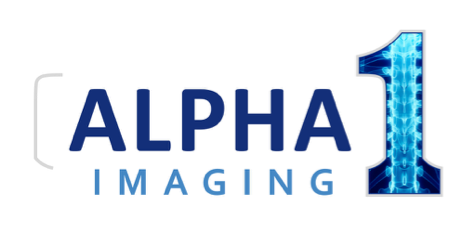Due to the high cost of equipment, maintenance and staff to run the machines, many patients are being sent to a third-party for their medical imaging services. Handing patients off to such a third-party service can prove to be a hassle, but it’s a hassle that mobile diagnostic imaging can eliminate.
It’s important to understand that because the operation of a diagnostic lab can be expensive and time-consuming, a myriad of modern practices today are relying on mobile diagnostic imaging for a number of reasons—but primarily because it offers an economical way to improve patient care or add services to newly-acquired locations.
Why Mobile Imaging?
Practices can contract a third-party mobile imaging service to provide everything needed with no outlay of capital, including licensing, accreditation, equipment, personnel, isotopes and consumables.
Some examples of situations where mobile imaging can be applicable are:
- A nursing home or long-term care facility that doesn’t want to inconvenience patients by sending them to a third-party facility for medical imaging.
- A cardiology practice that’s already established may be interested in adding new imaging equipment/modalities so that they can offer a full spectrum of services.
- A newly-established practice may be toying with the idea of offering in-office diagnostic imaging to patients, yet have been on the fence about making a large capital investment—or perhaps the practitioners have come to realize that outsourcing is often times more profitable compared to full ownership.
- A pulmonary practice may be going through unstable times with uneven patient volumes, or maybe the practitioners have discovered expensive repairs on older equipment is not economical.
Mobile diagnostic imaging is a path chosen by medical facilities for a number of reasons, ranging from lack of space to increased volume, or even a remodeling of a radiology facility, so it’s critical that facility representatives know their options if they’re considering taking this route.
Mobile
Mobile imaging services are ideal if a hospital or other such facility is experiencing low volumes or doesn’t offer a particular imaging modality. Of course, a facility experiencing low volumes faces financial challenges, which means owning such a system may be out of the question—but mobile imaging represents an ideal solution wherein patient needs can be met without any investment.
Here’s how it works: A mobile provider consistently visits a facility on a predetermined day of the week, while any appointments for patients’ applicable diagnostic imaging are arranged for the same day. What makes this process so intuitive is that the provider supplies all that is needed to perform studies including:
- Equipment
- Patient Consumables
- Staff
These systems operate as an extension of the facility or hospital, enabling such a facility to eliminate the space demands, overhead and staffing costs. Ultimately, success lies in working with an imaging service provider that is not only accredited but that boasts formal HIPAA processes—along with a formal compliance and regulatory program.
The use of portable medical imaging devices is on the rise, especially for use with patients that have mobility issues. These devices also act as intermediaries between healthcare staff and patients, and can provide imaging, therapy and diagnostics. Additionally, these devices are paired with technology that enables them to transfer and store digital images almost instantly.
Thinking about utilizing mobile imaging at your facility? Contact us today to learn more about how this innovative service can benefit your practice!
